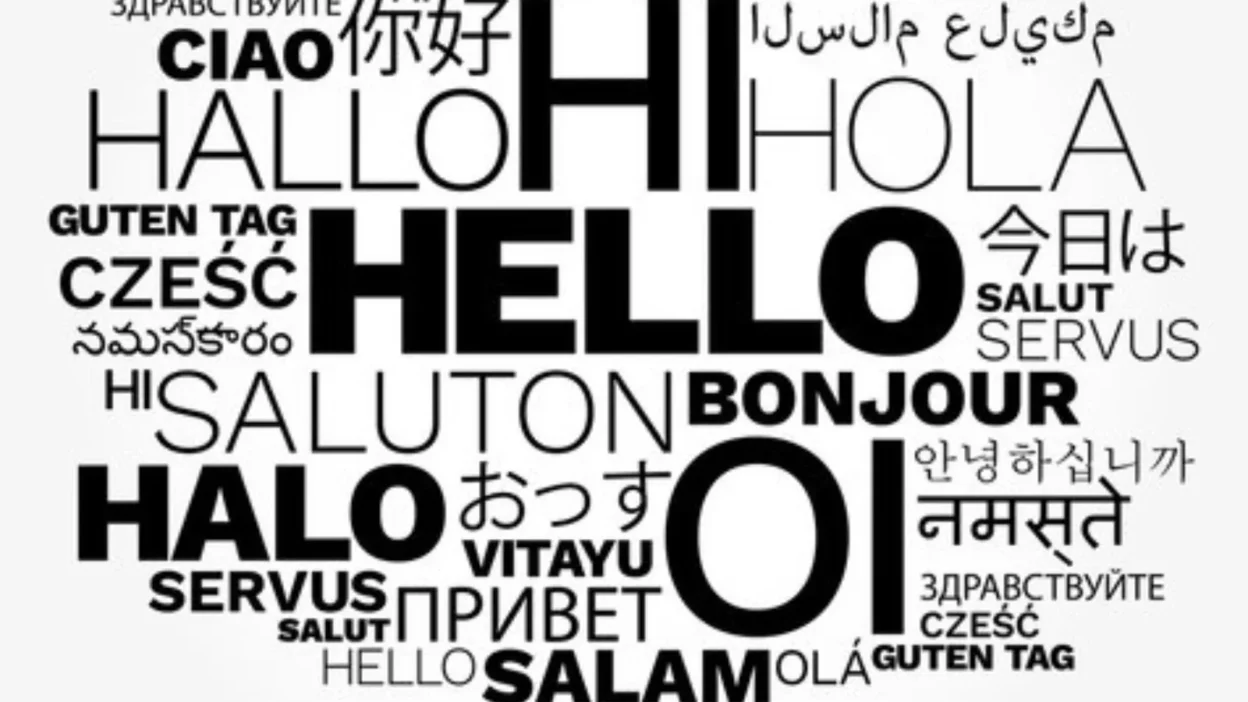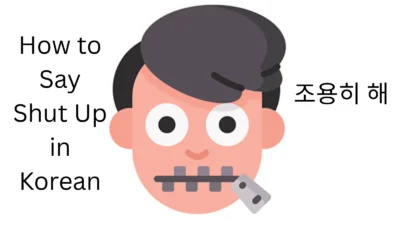How to Say Hi in Different Languages is a great place to start if you’re learning new languages or love connecting with people from around the world.
A simple hi can open doors, build friendships, and show respect for different cultures. From “Hola” in Spanish to “Konnichiwa” in Japanese, every greeting carries its own charm and meaning.
In this guide, we’ll explore how to say hi in different languages with easy examples and pronunciation tips.
Knowing how to say hi in different languages helps you make a friendly first impression wherever you go.
It’s a small word, but it can spark big connections in any part of the world.
Hi in different languages
Here are 15 ways to say hi in different languages, complete with short dialogues and cultural or historical background.
1. Hola (Spanish)
Origin:
“Hola” comes from Old Spanish and possibly Latin. It’s widely used across Spain, Latin America, and Spanish-speaking communities worldwide.
Example:
👤 User A: ¡Hola! ¿Cómo estás?
👤 User B: ¡Hola! Muy bien, gracias.
Use: Friendly, everyday greeting in Spanish-speaking cultures.
2. Bonjour (French)

Origin:
Literally means “good day.” Used in France, Canada (Québec), Belgium, and parts of Africa.
Example:
👤 User A: Bonjour, Marie.
👤 User B: Bonjour! Comment ça va?
Use: Polite and standard daytime greeting.
3. Ciao (Italian)
Origin:
Derived from the Venetian phrase s-ciào vostro (meaning “I am your servant”), it’s now a friendly way to say both “hi” and “bye.”
Example:
👤 User A: Ciao, Luca!
👤 User B: Ciao! Tutto bene?
Use: Informal; used in Italy and among Italian speakers.
4. Hallo (German)
Origin:
Adapted from English “hello” in the late 1800s, it’s now a standard greeting in Germany, Austria, and Switzerland.
Example:
👤 User A: Hallo! Wie geht’s?
👤 User B: Hallo! Gut, danke.
Use: Neutral; used in both casual and semi-formal settings.
5. Konnichiwa (Japanese)

Origin:
Originally a longer phrase meaning “today is…” and shortened over time. Now used as a formal greeting from late morning onward.
Example:
👤 User A: こんにちは。はじめまして。
👤 User B: こんにちは。よろしくお願いします。
Use: Polite; used during daytime.
6. Nǐ hǎo (你好) — Chinese (Mandarin)
Origin:
Literally means “you good.” Standard greeting in Mainland China and Taiwan.
Example:
👤 User A: 你好!你叫什么名字?
👤 User B: 你好!我叫王丽。
Use: Formal and polite; used in person or in written communication.
7. Annyeong (안녕) — Korean
Origin:
Derived from the root meaning “peace” or “well-being.” “Annyeong” is informal; the formal version is “Annyeonghaseyo” (안녕하세요).
Example:
👤 User A: 안녕! 잘 지냈어?
👤 User B: 응, 안녕! 잘 지냈어.
Use: “Annyeong” is casual among friends; use “Annyeonghaseyo” for adults or formal settings.
8. Salam (سلام) — Arabic

Origin:
Means “peace.” Used across the Arab world. The full greeting is “As-salamu alaykum” (peace be upon you).
Example:
👤 User A: السلام عليكم
👤 User B: وعليكم السلام
Use: Formal or religious; “Salam” alone is often casual and friendly.
9. Privet (Привет) — Russian
Origin:
Casual version of “Zdravstvuyte” (formal). “Privet” is like “hi” among friends.
Example:
👤 User A: Привет, как дела?
👤 User B: Привет! Всё хорошо.
Use: Informal; use with peers or friends.
10. Olá (Portuguese)
Origin:
Used in Portugal, Brazil, and other Portuguese-speaking countries. Very similar to Spanish “Hola.”
Example:
👤 User A: Olá! Como vai?
👤 User B: Olá! Tudo bem.
Use: Friendly, universal greeting in Portuguese.
11. Hej (Swedish / Danish)

Origin:
Pronounced “hey,” this is the go-to greeting in Sweden and Denmark.
Example:
👤 User A: Hej! Hur mår du?
👤 User B: Hej! Jag mår bra.
Use: Everyday, casual greeting.
12. Halo (Indonesian / Malay)
Origin:
Borrowed from English “hello,” but adapted phonetically. Used widely in Indonesia and Malaysia.
Example:
👤 User A: Halo! Apa kabar?
👤 User B: Halo! Baik, terima kasih.
Use: Neutral and widely accepted.
13. Sawubona (Zulu)
Origin:
Means “I see you” — a deeply respectful and human-centered greeting used in South Africa.
Example:
👤 User A: Sawubona!
👤 User B: Yebo, sawubona!
Use: Traditional and respectful.
14. Merhaba (Turkish)
Origin:
Comes from Arabic “marhaban,” and is the standard greeting in Turkey.
Example:
👤 User A: Merhaba! Nasılsın?
👤 User B: Merhaba! İyiyim, sen?
Use: Friendly and respectful; suitable for all occasions.
15. Namaste (Hindi)
Origin:
A respectful greeting from Sanskrit meaning “I bow to you.” Used with hands together and a slight bow.
Example:
👤 User A: Namaste! Aap kaise ho?
👤 User B: Namaste! Main theek hoon.
Use: Spiritual, respectful; used in India and Nepal.
Conclusion:
Now that you’ve learned how to say hi in different languages, you’re ready to greet the world with confidence and kindness.
If you’re traveling, studying, or simply making new friends online, a warm hello in someone’s native language can go a long way.
Keep practicing how to say hi in different languages—it’s a simple skill that builds bridges, breaks barriers, and shows respect across cultures
🌐 Practice a few today, and you’ll be ready to say hi anywhere in the world!



